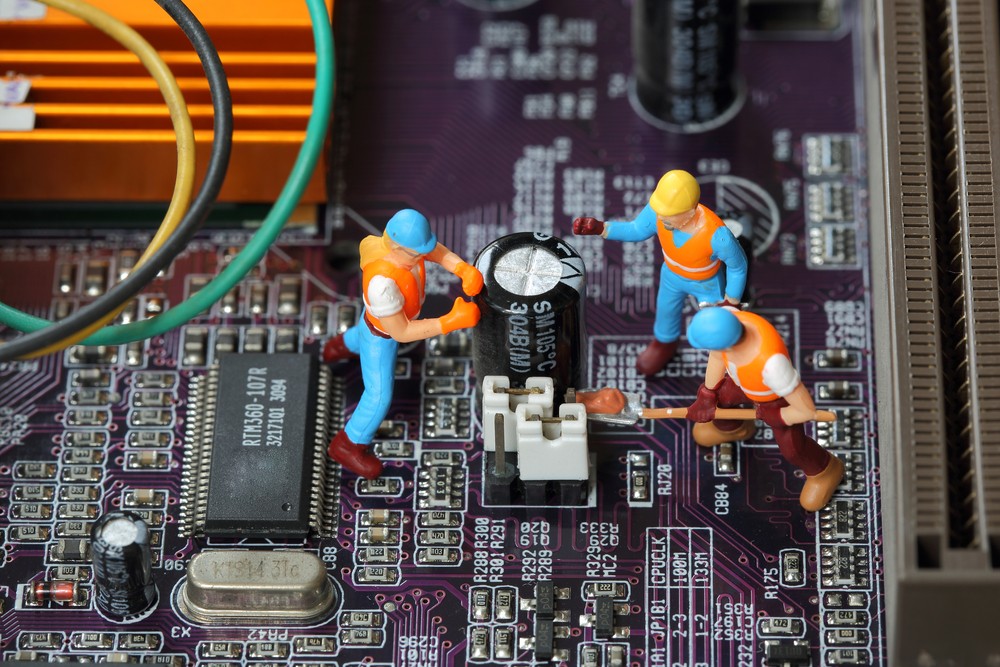Fixed or Floating Maintenance Staffing? Where Should People Focus Their Attention?

There is no single, uniform standard for factory maintenance. No two machines are on the same service schedule and there’s no telling when malfunctions may occur. Despite this, we do our best to establish proper maintenance routines and proactive service approaches.
To execute on our best-laid plans, it takes a well-managed staff of technicians. Namely, it means staffing according to fixed and/or floating schedules. But this can be just as difficult to determine as the standard of maintenance itself!
The balance between fixed and floating
Fixed maintenance staffing means scheduled maintenance happens on a pre-ordained time schedule — independent of the last service. If the service schedule calls for a work order every other Wednesday, that’s exactly when it’s submitted — not sooner; not later. This is best for unavoidable maintenance tasks with pre-defined intervals. For example, if your machines need lubrication once per month, fixed schedules are a smart option.
Floating maintenance schedules allow for a greater amount of flexibility. Those who choose floating schedules do so to prioritize whatever needs are greatest over a fixed schedule. Maybe you have machine lubrication scheduled for once per month, but if the machines aren’t showing a serious need for it, you may choose to focus on a more pressing task.
Fixed maintenance staffing
Fixed maintenance staffing is best for periodic, condition-based tasks. This helps you plan a schedule based on the start date of previously scheduled work, similar to changing an oil filter every 3,000 miles.
Fixed maintenance operates on “triggers.” Just like changing your oil every 3,000 miles, you can change an oil filter every 3,000 miles, even if that means changing it 3 times per month on busy months, or once every two months when it’s extra slow. If there’s an end of “functional life” or “hard stop” for components, it indicates a need for fixed maintenance.

Floating maintenance staffing
If you need more flexibility in your maintenance, floating maintenance may be right for you. This kind of maintenance prioritizes need, instead of adhering to a fixed schedule.
For example, if you have a work order for an oil change “floating” every 30 days, that interval would start immediately after the previous oil change, instead of completing it on the 25th of the month, every month, no matter what. Alternatively, if your oil is working just fine since the last change, a floating maintenance schedule would indicate waiting until it shows signs of needing attention.
Ultimately, the type of schedule you choose will depend on whether your factory equipment requires strict maintenance at a pre-set interval, or whether you can let certain tasks simmer until they have a more pressing need. Every factory and every piece of equipment will have different needs, and you’re likely to implement both within a single plant.
